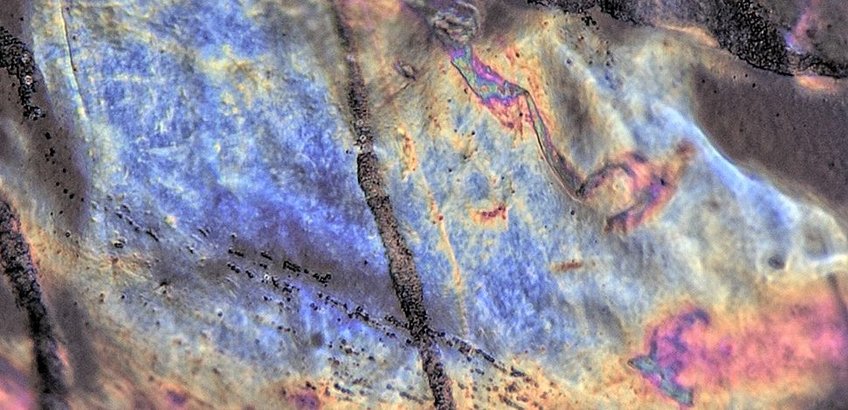
Mucus-based Materials
Slime is often not considered as a material, however, if we look into nature, we can find various animals that secrete slime for an astounding variety of purposes. For example, corals secrete slime (i.e. mucus) to protect themselves from UV radiation, hagfish are well known to secrete large amounts of slime to escape predators and many marine animals use slime to glue themselves underwater. This multifunctionality is astonishing, given the fact that slime consists to a large percentage of water combined with high-molecular building blocks. Where does this multifunctionality stem from? Answering this question is crucial for the design of new sustainable and tunable bioinspired materials.
In our group, we study snail mucus, since snails are using the secreted material for a broad range of, and to some extent, opposed functions (e.g. adhesion vs. lubrication). What makes one mucus type sticky and the other one an excellent agent facilitating motility? In order to answer this question, our main goal is to shed light on the role of different mucus building blocks and how they contribute to the different material behaviors observed. We therefore characterize the different snail mucus types from macro- to nanoscale by combining biochemical methods with material characterization techniques.
Group Members
